Vadodara Bridge Collapse: A Symptom of Deeper Structural Failures
On July 9, 2025, tragedy struck in Gujarat when a section of the Gambhira Bridge collapsed in Vadodara district. The incident occurred during peak morning traffic, sending several vehicles — including a state transport bus and private cars — plunging into the Mahisagar River. As of the latest reports, 18 people have been confirmed dead, while at least two remain missing.

While rescue operations were swift and ongoing, and some survivors were pulled from the river, this incident has once again spotlighted the serious vulnerabilities in India’s public infrastructure systems — particularly the question of how such an aging structure was still in operation despite repeated warnings.
Ignored Warnings Since 2021
The Gambhira Bridge was over 40 years old, and its deteriorating condition was not unknown to authorities. According to multiple sources, engineers had issued safety warnings as early as 2021, calling the bridge "unfit for use." These alerts, however, were reportedly ignored or buried in red tape. No substantial maintenance or structural reinforcement was carried out in the years that followed.
This negligence wasn’t due to a lack of information — it was due to a failure of action. The warnings were there, the deterioration was visible, and yet no preventive steps were taken.
A Familiar and Alarming Pattern
Sadly, this isn’t an isolated event. India has seen a string of infrastructure collapses in recent years — from the Morbi bridge disaster in Gujarat (2022) to flyover failures in Bihar and Kolkata. In many of these cases, either the infrastructure was recently built but poorly constructed, or older structures were left to decay without proper inspection or repairs.
The Vadodara case adds a disturbing twist: the risk was known, but ignored. It raises serious questions about the systems of accountability, the quality of public infrastructure audits, and the consequences of treating warnings as paperwork instead of calls to action.
Accountability in the Aftermath
Following the collapse, the Gujarat government suspended four officials, including engineers and administrative staff linked to bridge maintenance. An accidental death complaint has been filed by the police, and investigations are now underway to determine the full chain of negligence.
But suspensions and FIRs, while important, cannot become the end point. If no deeper reforms follow, these disasters will repeat — and accountability will remain reactive rather than preventive.
Citizens at Risk — Again and Again
The people who use this infrastructure daily — workers, students, bus drivers, vendors — are paying the price for systemic failures. These are not abstract issues. When bridges fall, lives are lost, families are devastated, and public trust is eroded.
Moreover, in fast-growing cities and regions like Vadodara, infrastructure should support growth — not threaten it. And yet, we continue to see life-threatening structural failures across both older public works and newer projects hastily pushed through without quality control.
What Needs to Change?
India’s infrastructure narrative needs a reset. The focus cannot be just on building more — it must shift to building better, maintaining wisely, and acting on risk data proactively. Key steps must include:
-
Mandatory safety audits for aging infrastructure, made public for transparency
-
Whistleblower protections for officials or engineers who flag safety concerns
-
Independent regulatory bodies empowered to halt unsafe operations
-
Maintenance budgets that are ring-fenced and untouchable by political interests
-
A national bridge safety index, regularly updated and audited
Final Thoughts
The Vadodara bridge collapse is more than a tragedy — it is an indictment of how infrastructure is managed, monitored, and often neglected in India. We must ask hard questions: Why do we wait for disasters to act? Why are warnings not enough? Who is truly accountable?
Until these questions are answered through structural reform, not symbolic action, India’s roads and bridges will continue to carry not just people, but the weight of negligence.



















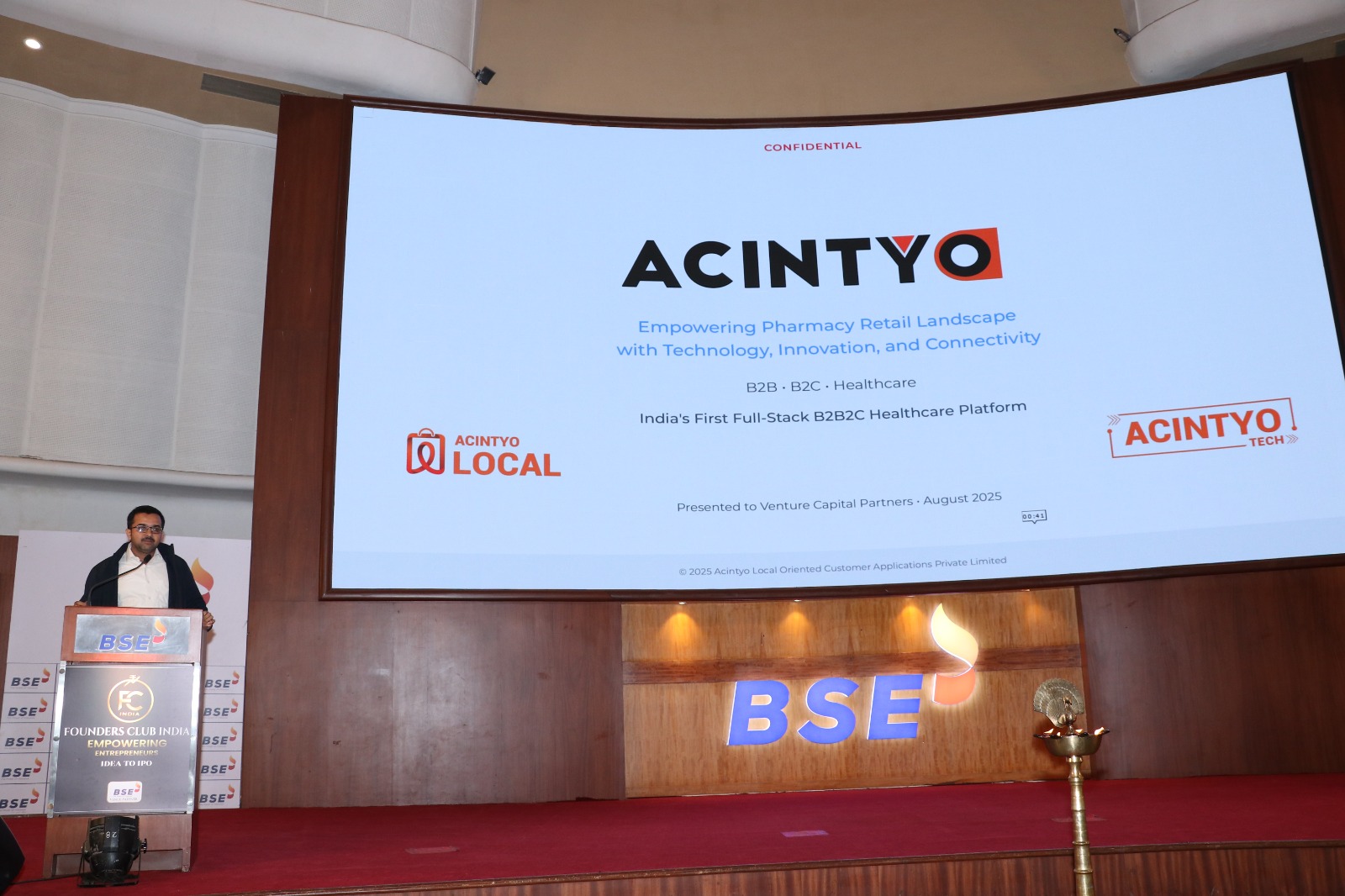




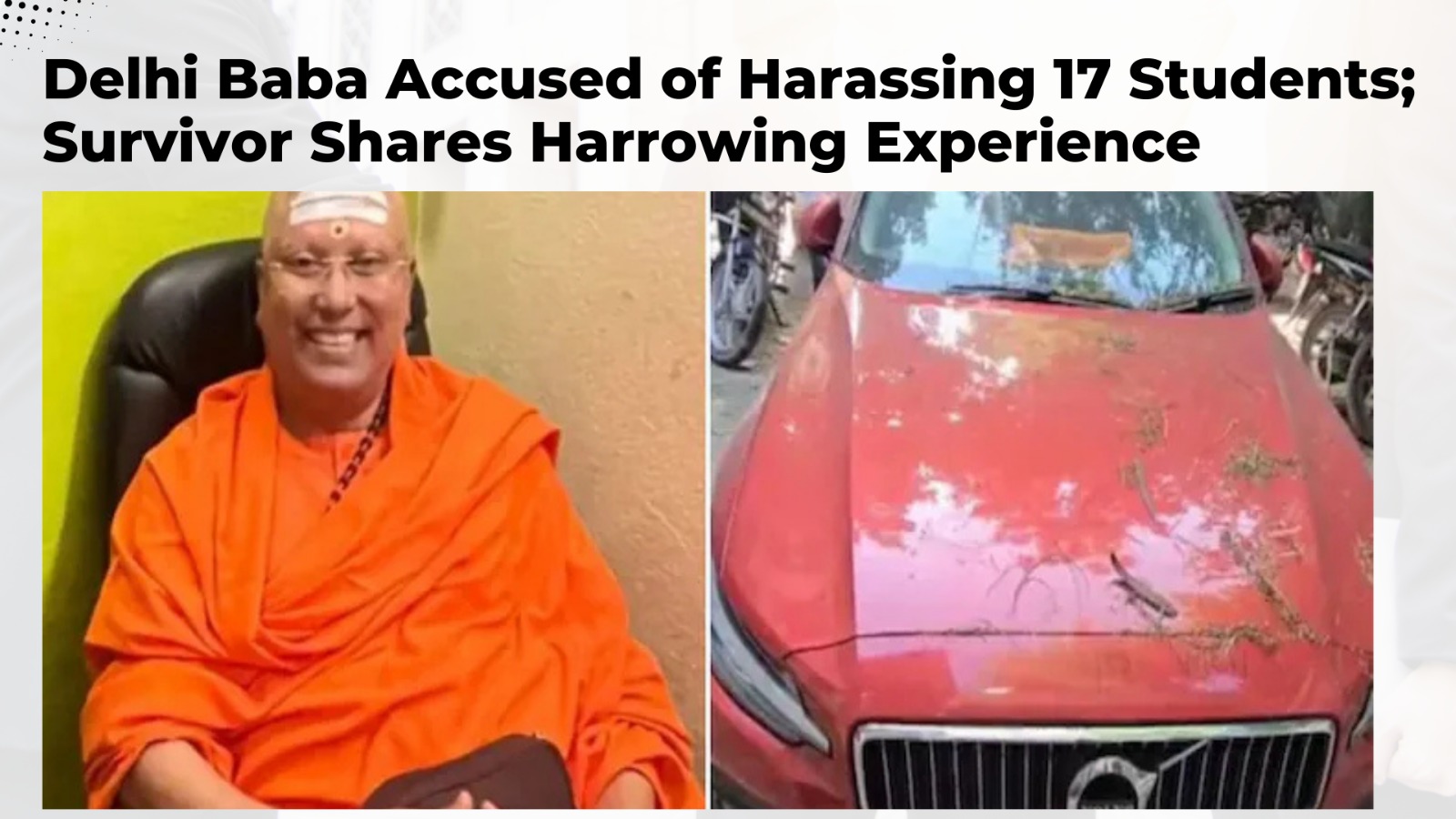
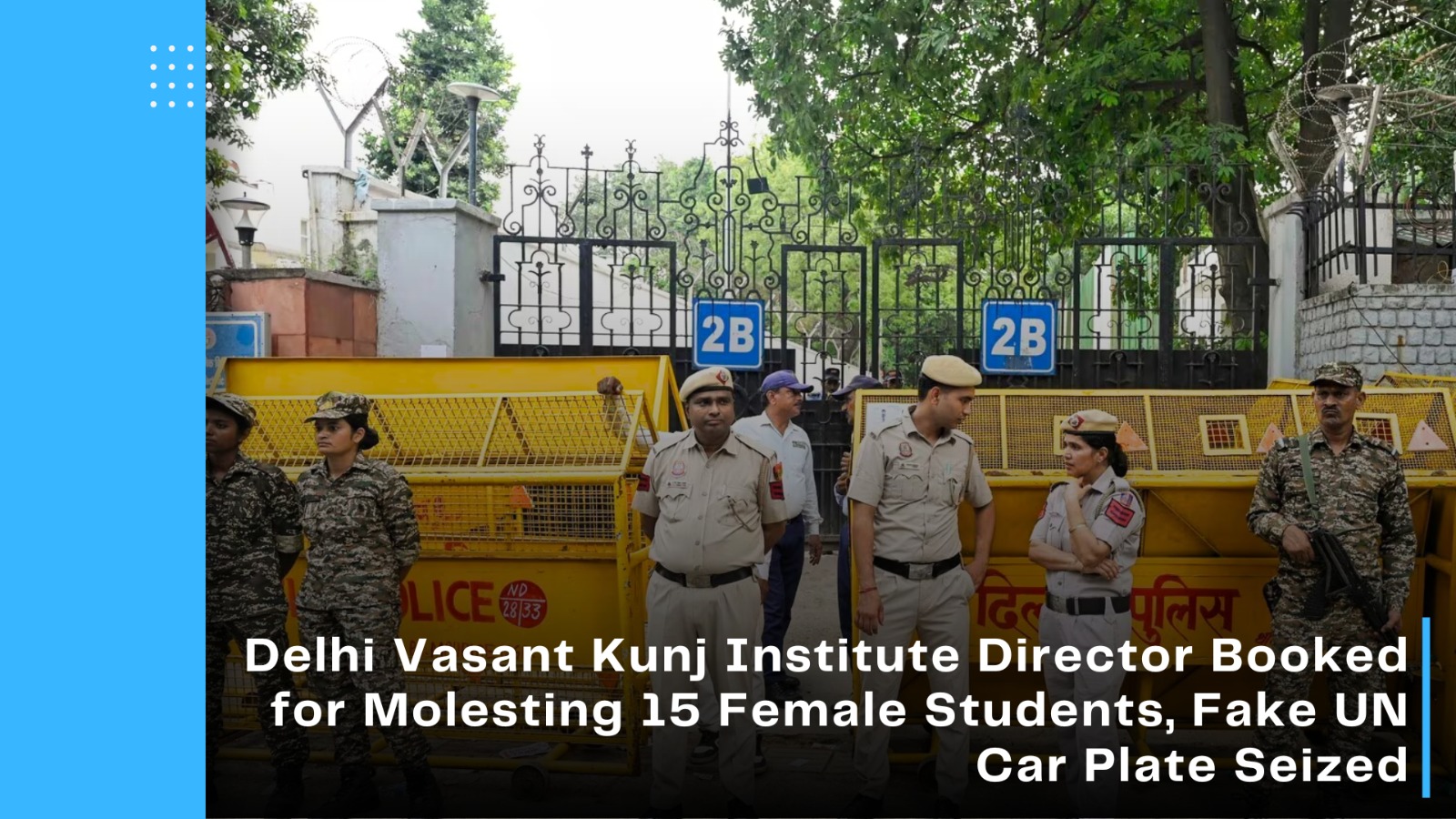
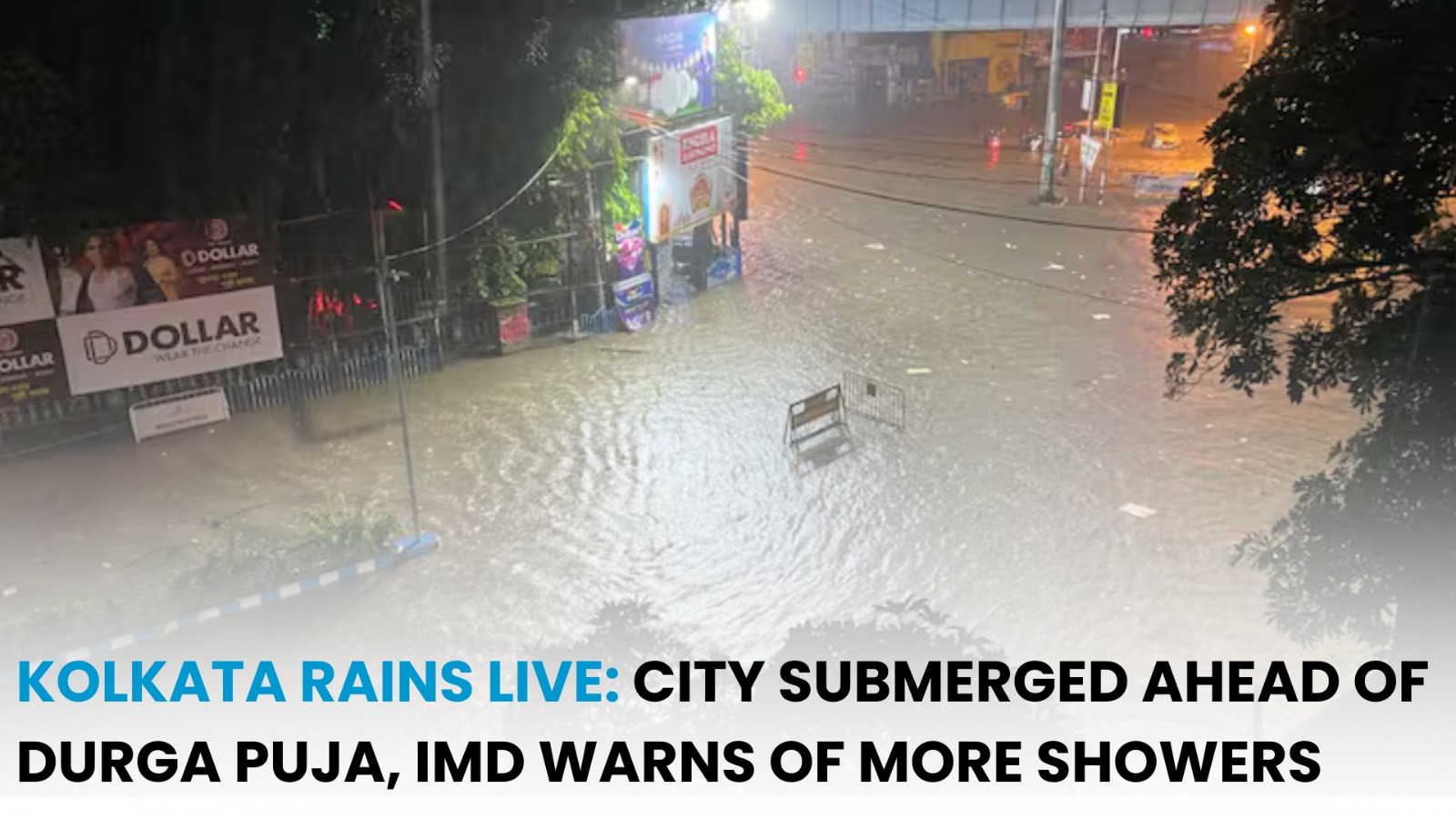


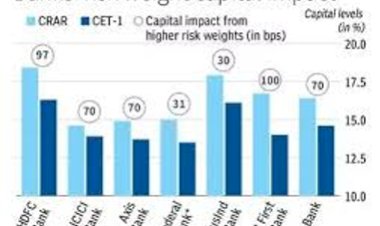
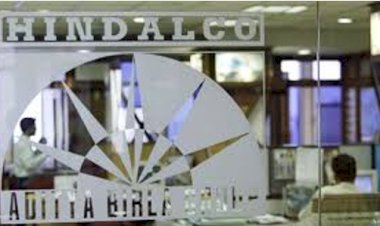
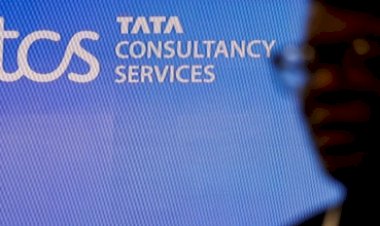





Comments (0)